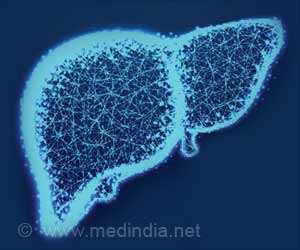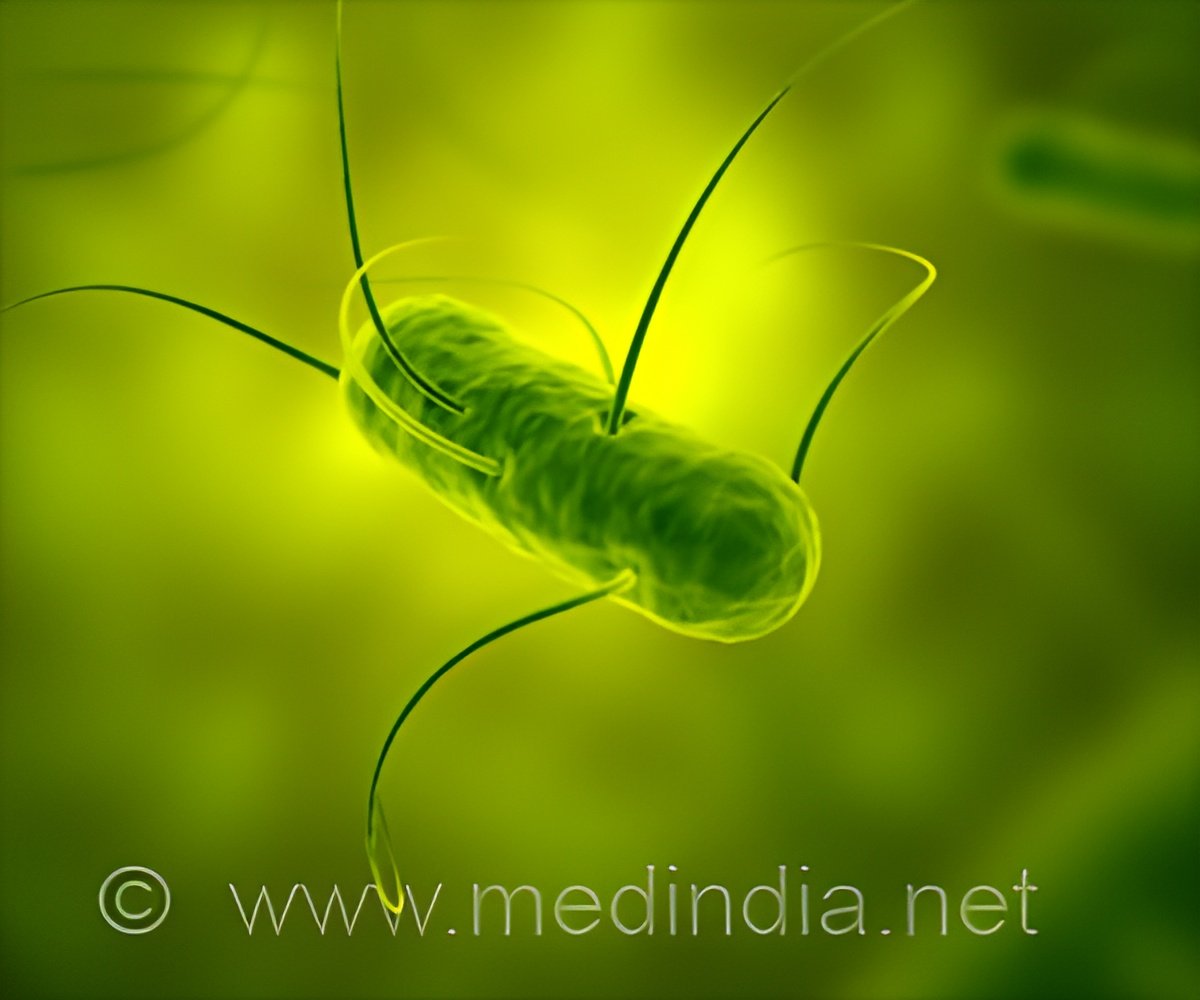Researchers discovered two tandem binding sites in ABCB11 that were located in the outer membrane leaflet (OML) and inner membrane leaflet (IML) respectively. The OML pocket and IML pocket have different substrate affinities, and this affinity gradient made ABCB11 a “one-way street” for substrates, enabling the export of bile acid.
The two-pocket structure allowed for more precise recognition of bile acid. Researchers found that the IML pocket had two positively charge residues that served to recognize taurine moiety of bile acid. The OML pocket, on the other hand, served to recognize the cholic acid moiety and the shape of bile acid.
The results of this study not only contribute to our understanding of the mechanism of bile acid transport, but also provide structural basis for therapeutic intervention and drug design of cholestasis and other diseases.
Source: Eurekalert



